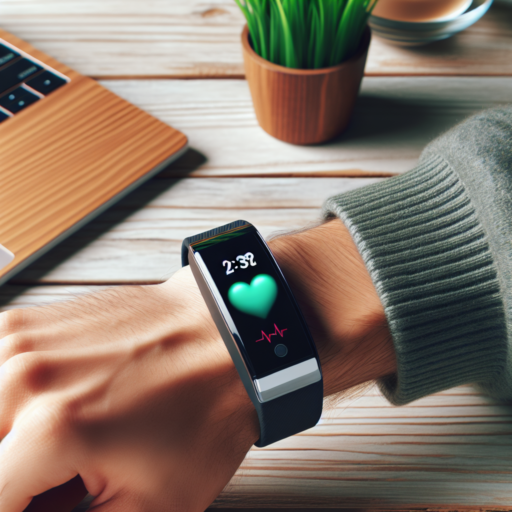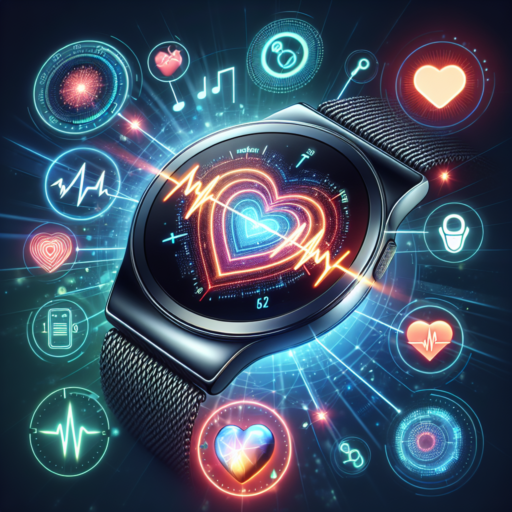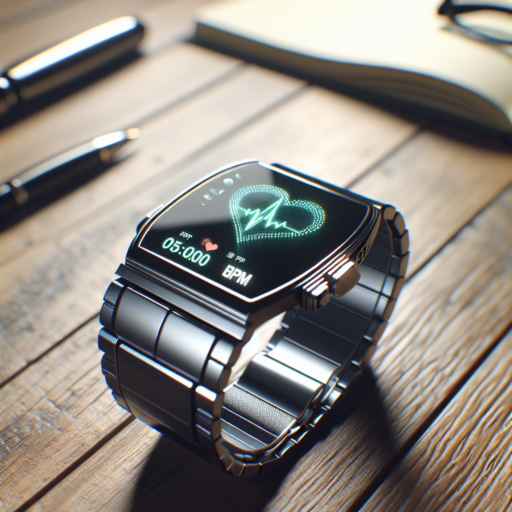No se han encontrado productos.
Are wrist heart rate sensors accurate?
Wrist heart rate sensors have become increasingly popular as a non-invasive way to monitor heart rate, especially amongst athletes and fitness enthusiasts. These sensors, integrated into smartwatches and fitness bands, use optical technology to detect blood flow changes under the skin, thus estimating heart rate. However, the question of their accuracy compared to traditional chest straps and medical-grade devices often arises.
Factors affecting accuracy include skin tone, hair density, and even tattoo placement, which can interfere with the sensor’s ability to accurately detect blood flow changes. Moreover, the fit of the device on the wrist plays a crucial role; too loose or too tight can skew the readings. Positioning of the sensor — ideally on the upper wrist for better readings — and the type of activity performed also influence its precision. High-intensity exercises involving significant wrist movement might lead to less reliable readings compared to steady-state activities.
Comparative studies and user reviews highlight a range of accuracy levels across different brands and models. While some wrist heart rate sensors demonstrate close correspondence with readings from more traditional devices, others show noticeable discrepancies. It’s also worth noting that these sensors are continually being improved and updated, with newer models boasting enhanced algorithms and sensor technology for more precise heart rate tracking.
What is the most accurate wrist heart rate monitor?
When assessing the most accurate wrist heart rate monitor, several factors, including sensor technology, connectivity, and design, come into play. In the realm of fitness gadgets, the accuracy of wrist heart rate monitors has significantly improved, offering athletes and health-conscious individuals reliable data for tracking their heart rates effectively. High-precision monitors utilize advanced optical sensors that emit light to penetrate the skin, allowing them to detect blood flow and calculate heartbeats per minute with remarkable accuracy.
The market boasts a plethora of models, but those from reputed brands such as Garmin, Fitbit, and Apple have garnered attention for their superior accuracy and consistency. These devices often incorporate multi-sensor technology, combining optical heart rate monitoring with other data sources, such as accelerometers and GPS, to refine their readings. They are designed to reduce the impact of motion artifacts, improving accuracy during high-intensity workouts or daily activities.
Furthermore, the precision of these monitors can be affected by personal factors like skin tone, wrist size, and the device’s fit. For optimal accuracy, it is crucial to ensure the heart rate monitor fits snugly against the wrist, eliminating any external light interference. Many of these devices also offer connectivity features, enabling users to sync their data with smartphone apps or fitness platforms. This integration not only provides insights into heart rate patterns but also helps in tailoring workout programs for maximum effectiveness and safety.
Which is better wrist or chest heart rate monitor?
Choosing between a wrist or chest heart rate monitor largely depends on your personal preference, the type of exercise you engage in, and your specific fitness goals. While each type has its own set of pros and cons, understanding the key differences can help you make an informed decision.
Accuracy and Precision
When it comes to accuracy, chest heart rate monitors are often considered superior. This is because they are closely positioned to the heart, allowing for direct measurement of the electrical activity. Wrist monitors, on the other hand, use optical sensors to detect blood flow, which can be affected by movement, potentially leading to less accurate readings during high-intensity workouts.
Comfort and Convenience
For many users, the comfort and convenience of wearing a heart rate monitor are crucial factors. Wrist monitors score highly in this category, as they are worn similarly to a watch and are typically less obtrusive than chest straps. This makes them more appealing for all-day wear and for those who dislike the feeling of a chest strap during exercise.
Ultimately, the choice between a wrist or chest heart rate monitor should align with your activity level, the accuracy you need, and which device you find more comfortable and convenient to use daily. Each type offers distinct advantages, encouraging users to consider their personal needs and preferences when selecting the most suitable heart rate monitoring device.How accurate is the Polar wrist heart rate monitor?
Factors Influencing the Accuracy of Polar Wrist Heart Rate Monitors
The accuracy of the Polar wrist heart rate monitor can be influenced by several factors. Primarily, the fit and placement of the device play crucial roles. A tightly fitted monitor positioned slightly above the wrist bone tends to produce the most accurate readings. Additionally, the skin’s physiology, such as hair thickness, tattoo presence, and skin temperature, may also affect the sensor’s ability to accurately detect the heart rate. It’s important for users to consider these factors for optimal performance.
Comparative Accuracy of Polar Monitors
When compared to traditional chest straps and clinical heart rate monitoring equipment, Polar wrist heart rate monitors demonstrate a high level of accuracy. Studies suggest that Polar devices offer a close approximation, with minor discrepancies often within the margin of error acceptable for non-clinical purposes. This reliability makes them suitable for both recreational and professional athletes looking to monitor their heart rates effectively during exercise.
Enhancements and Technologies
Polar has continuously enhanced the accuracy of their wrist heart rate monitors through advancements in technology and software updates. Features such as proprietary algorithms and improved sensor technology help minimize discrepancies and provide users with more consistent and reliable data. Furthermore, the continuous updating and improvement of these algorithms ensure that Polar wrist heart rate monitors remain at the forefront of accuracy for consumer-grade heart rate monitoring solutions.




